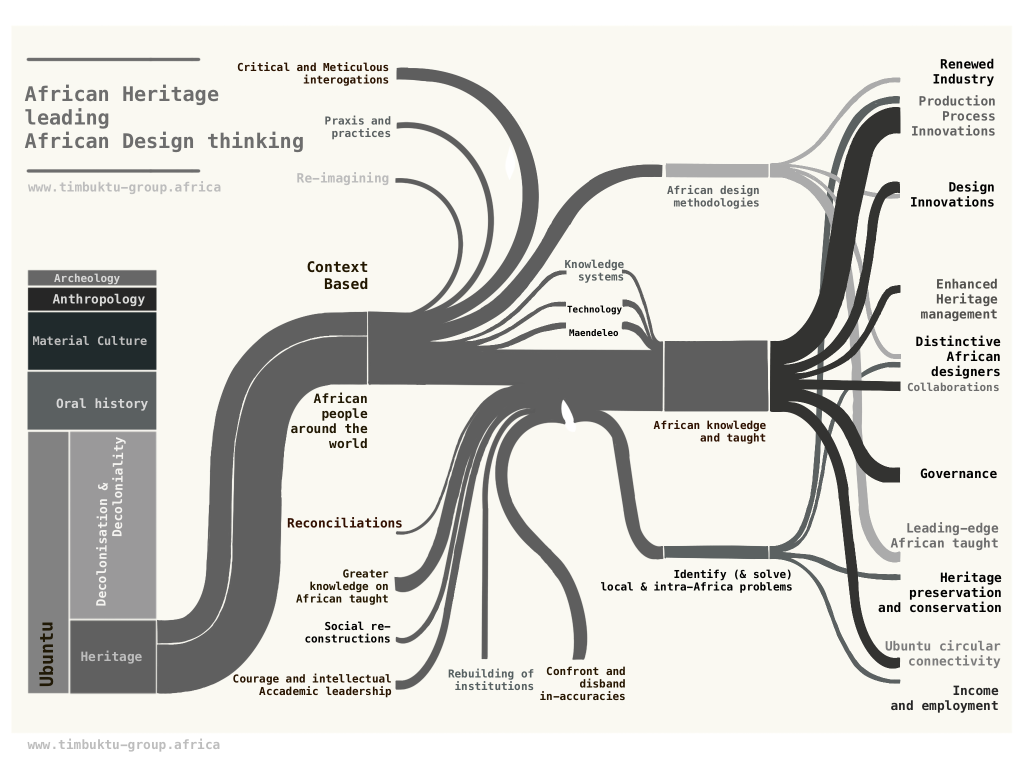African solutions for the African peoples.
This has become a popular slogan among African people around the world. But what would it really entail and how would we go about creating African solutions in a Global mindset?
For the past 20 years the conversations intensified around Decolonisation and Decoloniality. African and Caribbean nations heighten their need to have the conversations transformed into actions, yet the larger sentiment of fear was holding us back.
Not necessarily the fear of change, but rather the fear of failure. Who was going to chance their life’s into implementing long held sentiments, with millions of the fate of their people in their hands. It is never a small task. The risk not only for livelihood, but a change that could cost you your life.
With so many external stakeholders subverting advancements of the African to force status quo multi level strategies implementation could usher in some impact for a long-term approach.
Fabric remains found on the continent, dates back at least to the 10th century, some even earlier. We know of all the major and minor empires that existed in ancient times. The intricacy of the textiles found were so particular that it needed to be studied to be able to be recreated. And even as it was recreated, its essence, the ideas and philosophies that inspired the designed were never captured.
They were relegated to geometrical understandings and mathematical content excluding the connectivity of these textiles. European taught seeks to extrapolate, take apart and keep apart, then assembly in a foreign context. Whereas the African Heritage textiles produced by the many nations were visualising each peoples paragons, communicated and express principles.
These textiles were produced in a system, a process, a collaboration of many knowledges coming together to manufacture covers suitable for our skin and the environments we were living in with the richly available resources.
An intact heritage would inspire designs to flow from it. Engineers and creative practitioners would be inspired and embolden by the visual availability of artefacts that was produced by predecessors informed by their lands, climates, languages and cultures.
For Africans that were colonised and displaced, having their narratives interpreted and presented as factual by colonists and enslavers, the linear development of its society permanently derailed. The process of restoration could never exclude our forced interactions and subjections, except we actively counter the misrepresentations in all areas, disband them and decolonises first and foremost.
Ground work has to be done to address inaccuracies in the Heritage management stage to better inform the future and continuations of textile design and productions whit-in Africa and the Caribbean.
We would be in a unique position to learn from all tried and tested strategies, examine them to inform our own robust strategies. Strategies and approaches that evolved from a variety of sources including referencing our own sources can be transformed to innovate textile knowledge systems unique to the African continent.
Frameworks and Methodologies designed to solve our particular circumstances should be explored and even encouraged. Such Frameworks and Methodologies would adjust the African continents trajectory in Textile manufacturing and Design, making Africa’s design solutions sufficiently unique to recapture local markets while recuperate its position on Global scale.
“….al human beings need development in order to live well. Intended developments must be people-centered, people-intended and people oriented. (Nkwazi Mhango, 2018, P13, Development Naivety and Emergent Insecurities in a Monopolised World).
The African peoples can not afford a development with post-humanism practices at its heart. Our interconnectivity to our land, languages and humanity practices does not support a space where human beings take a back space, it is not African taught.

In Maendeleo philosophy, the ability to bring development to ones home area provided a way of shoring up legitimacy, it must be a responsible one based on the consent and needs of its stakeholders . (Nkwazi Mhango, 2018, P14, Development Naivety and Emergent Insecurities in a Monopolised World).
And these sentiments can be uphold by developing solutions that perhaps other countries do not have. The dynamics from North, East, West and South of Africa differ yet the result of the impact was the same. The factors that were implemented were largely the same and were able to be applied with the same result around the continent, so will be the solutions.
The initiation of change starts with our Heritage management, giving it a new space in our societies. Our heritage and the outcome of the analysis of the artefacts based on the owners interpretations would then inspire new design frameworks and methodologies, leading to unique design outcomes specific to the various African nations.
We need to formulate key questions, Identify continually the problems affecting us and actively solve them. Adjusting our practices and Praxis as required in a flexible manner would allow us more room to make the moves necessary for a new textile industry in Africa.
Intra-Africa exchanges could contribute to the early growth of many clothing manufacturing as governments adjust their policies to the peoples requests and requirements.
The traditional textile processes will prove to be having lower accessibility issues then the automated expensive machines yet it can be more time consuming to bring the end product to market. The larger textile industry developments would not have to rely on a single strategy for its deployment, rather the amalgamation of strategies cantered around African taught would usher in the new era of the Africans.


